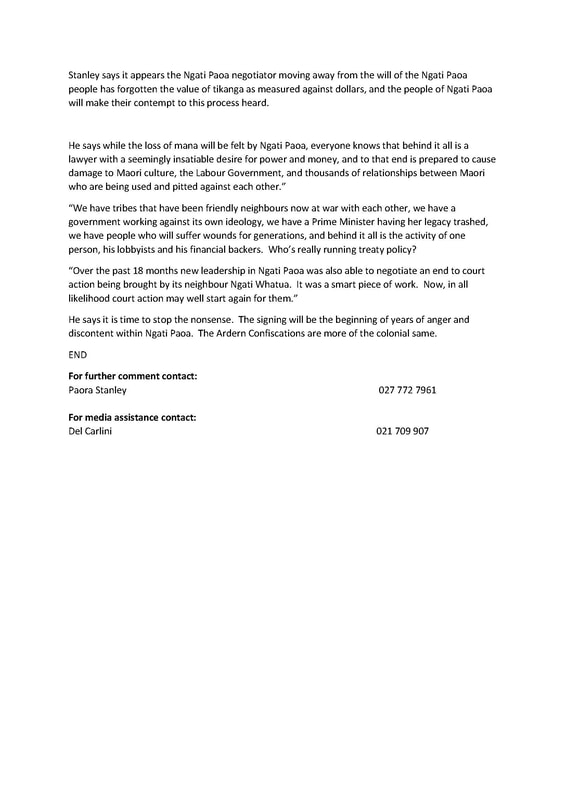


Now Mahanga was already advanced in years, yet he desired that maiden for his wife, although she was a puhi (already betrothed) so he stayed at that place Pakihi, and his party returned home without him. They came to Pakihi Island (near the Sand Spit), there Mahanga heard of a maid of high rank, famous for her beauty, by name Te Aka-tawhia, a lineal descendant of Maru-tuahu. His party comprised many famous toas (warriors), among whom were Rahoparu, Tai-ekieki and Ngaro-ai-Te-Hotu. The relevant research reports include documents A10 (pts 1, 2), F3, G11, H3, J6, and J4.Mahanga was of Tainui, and he came to this district, Maraetai, from the west, that is to say from Pirongia. The relevant submissions and evidence in relation to the Wai 174 claim include documents F18, P20, H1, J3, J14, J15, and Y2. The relevant research reports include documents A16, A17, A34, D19, and I2.Ĥ0. The relevant submissions and evidence in relation to the Wai 148 and Wai 285 claims include documents I4-I6, I10-I18, I20-I23, Y7, and AA14. 41 The claimants are descendants of Wikitoria Te Ngahue (born circa 1860, died 1932) principally of Ngati Maru, and her husband, Mare Teretiu. Wai 177 was lodged in February 1991 by Selwyn Tukumana Gregory and Sharon Gregory. The claimants cite as causes of action the following block studies which equate, albeit with more detail’, the allegations made by the Wai 100 claimants (the HMTB claimants): Te Hotere 1 and 2, Papakitatahi a, Kuaotunu 1, Wharekawa East 1 to 5, Opu 3, and Hohia Opou 5A. These processes are detailed in the Wai 100 closing submissions. The processes of the Native Land Court, the public works regime and the Crown’s purchase policy all played a part in dispossessing the claimants of their ancestral lands.

The Claimants claim that they have been prejudicially affected and/or dispossessed from a number of blocks that they either wholly owned or had an interest in. In the word of their counsel in closing submissions: However, the hapu name, Ngati Kotinga, was mentioned, along with those of other Ngati Maru and Ngati Whanaunga hapu in the courts investigation of other blocks. Nor was the hapu affiliation given for each of the owners listed on the court titles. 38 The blocks identified in the Wai 174 statement of claim were claimed under the mana of one or more of those iwi, rather than under Ngati Kotinga specifically. 37 In Native Land Court minute books, Ngati Kotinga were most frequently identified as being a hapu of Ngati Whanaunga or Ngati Maru, with links also to Ngati Paoa. Wai 174 was lodged by Ata Patricia Bailey in October 1990. 36 (5) Wai 174: Ngati Kotinga and Nga Whanau o Omahu 35 We note that counsel for the claimants submitted that ‘Ngati Pukenga as an iwi of Hauraki were also prejudiced overall by the Crown’s policies and practices in respect of rivers, gold, and timber, and by its non-recognition of Ngati Pukenga rights in respect of the foreshore and seabed’. Central government, the loss of language and culture, health issues, lack of infrastructure, the difficulties of providing for housing and community facilities, and building and sustaining an economic base, particularly in the face of a heavy and mounting rates burden.


 0 kommentar(er)
0 kommentar(er)
